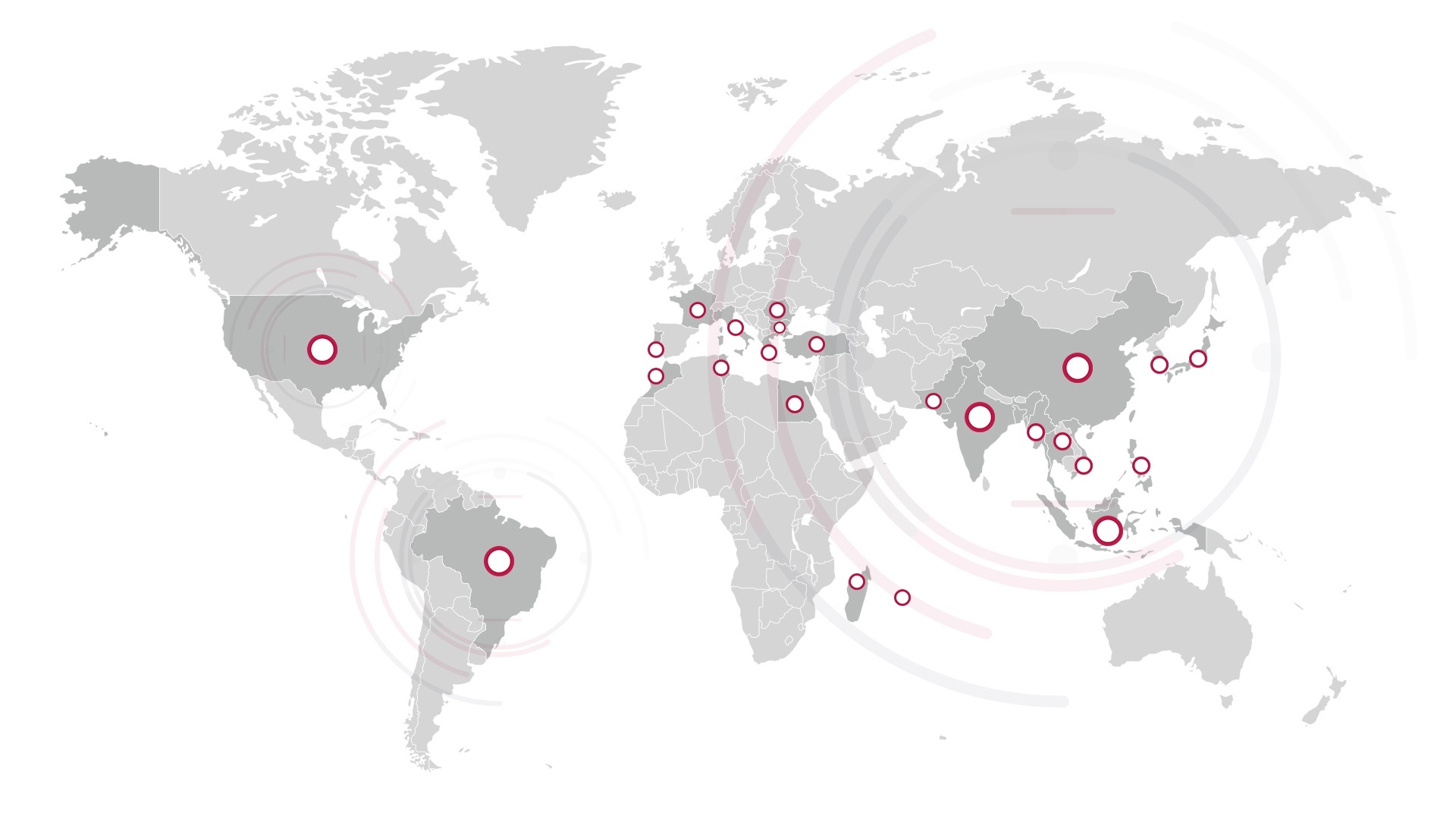Despite significant efforts to contain the spread and global impact of COVID-19, the situation has worsened, affecting people and companies all around the globe. The full implications of COVID-19 on the supply chain remain difficult to predict.
These changes are occurring at an unprecedented pace, creating an environment that is continuously evolving – as are the associated challenges. Some areas are slowly returning to activity while others are now being adversely affected by the virus. But what was the reality yesterday may no longer be the case today, and the chances are the situation will have changed again by the time you read this.
It is, however, possible to see that, at this stage, the crisis is having a direct influence on the supply chain, from raw materials to finished products, and that we need to be ready to adapt, and combine agility and expertise. As a company with a strong presence on the ground, visiting factories every day, we at SgT have seen first-hand some of the challenges that brands and retailers are facing in their supply chain. We are helping our customers and their suppliers brace for the impact this extraordinary crisis has had, and continues to have, on their supply chain, providing them with short-term solutions that will help them maintain high quality in their processes and goods while ensuring the safety of the people on the ground.
6 Supply Chain Challenges
We were confronted with the gravity of the crisis during the first peak of the virus in China, where some factories were unreachable, production stopped, goods were unable to be shipped, etc. Now that activity is resuming in this part of the world, the challenges have evolved, sometimes resulting in risks to the quality of the products.
It is important to bear in mind that these challenges will most likely be replicated in other manufacturing areas when activity resumes. Therefore, a sound understanding of those issues now might allow for quicker reactions in some of your other sourcing locations. Among them are:
At the height of the epidemic in China, factories and third-parties reduced the movement of people in and out the premises to avoid putting employees at risk. This meant a decrease in the level of quality control, which put the production quality at risk.
This crisis may be the catalyst to revisit the global supply chain strategy and accelerate the adoption of new models and capabilities, but in the meantime short-term actions are needed to respond to the challenge.
At SgT we are putting our manufacturing experience and product expertise at the disposal of our clients to help them adjust during this difficult time. Thanks to the agility and flexibility of our teams and our local infrastructure we are able to quickly implement on-site and remote solutions to respond to our clients’ needs.
Do not hesitate to contact us to discuss your supply chain challenges.



